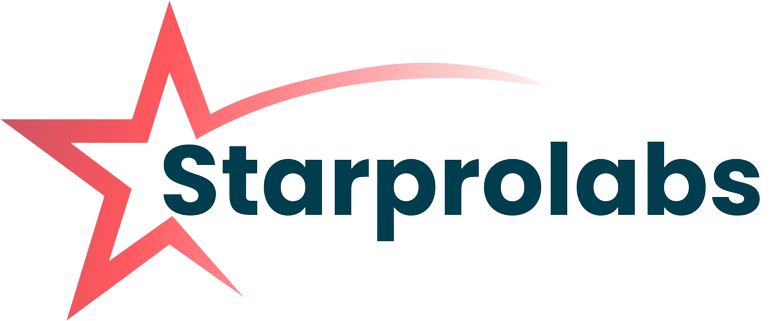
The Evolution of Software in Chandrayaan-3
Embark on a captivating journey through the realms of space exploration as we delve into “The Evolution of Software in Chandrayaan-3.” In this enlightening exploration, we trace the remarkable progression of software technology that has played an integral role in shaping India’s lunar endeavors.
Chandrayaan-3, the third lunar mission by the Indian Space Research Organisation (ISRO), is not only a testament to human ingenuity but also a showcase of the evolution of software prowess. This documentary-style content takes you behind the scenes of the mission’s software development, shedding light on the challenges, innovations, and breakthroughs that have paved the way for its success.
From its inception, Chandrayaan-3 demanded cutting-edge software solutions to navigate, communicate, and carry out intricate operations in the demanding lunar environment. Witness the tireless efforts of ISRO’s brilliant minds and software engineers as they intricately craft code to enable autonomous landing, precise data collection, and real-time analysis.
Through a series of in-depth interviews with ISRO’s key figures and software experts, discover the technological milestones that have been achieved in Chandrayaan-3’s software architecture. Uncover how the mission adapts to the lessons learned from its predecessors, Chandrayaan-1 and Chandrayaan-2, to ensure a seamless fusion of experience and innovation.
Implement of Software in Chandrayaan-3
Mission Planning and Simulation
Software plays a pivotal role in the intricate planning of Chandrayaan-3’s mission. Engineers and scientists rely on sophisticated software to simulate the spacecraft’s trajectory, predict its interactions with lunar gravitational fields, and model the intricate dance of orbits around the Moon. Such simulations ensure precision in maneuver planning, thereby reducing the risk of collision or deviation from the intended course.
Navigation and Guidance
Accurate navigation is imperative for the success of any space mission. In Chandrayaan-3, software algorithms process data from onboard sensors and Earth-based tracking stations to compute the spacecraft’s precise location and orientation. These calculations are crucial for executing intricate orbital maneuvers, ensuring the spacecraft’s safe arrival in lunar orbit.
Autonomous Operations
Chandrayaan-3 demonstrates the strides made in autonomous operations. The software aboard the spacecraft allows it to perform complex tasks without direct human intervention. From adjusting solar panels to maintain power levels to orienting scientific instruments toward target areas, autonomous software enables the spacecraft to adapt to changing conditions and maximize mission efficiency.
Data Acquisition and Analysis
Software is the backbone of data acquisition and analysis in Chandrayaan-3. It controls the scientific instruments that capture high-resolution images, spectra, and other data from the lunar surface. Onboard algorithms process this data in real-time, enabling scientists to make swift decisions about areas of interest for further investigation.
Communication and Telemetry
Efficient communication between the spacecraft and Earth is made possible by software-driven communication protocols. The software manages data transfer, compression, error correction, and prioritization of telemetry streams. This ensures that mission control receives critical data while minimizing transmission delays and errors.
Risk Mitigation and Contingency Planning
Software-driven simulations also aid in risk mitigation and contingency planning. Engineers can model potential failures or anomalies and devise strategies to address them. This proactive approach enhances the mission’s resilience, allowing the team to respond swiftly to unforeseen challenges.
Real-time Decision Making
During critical phases of the mission, real-time decision-making software comes into play. Mission controllers can assess data, simulations, and telemetry to make informed choices, such as altering trajectories, adjusting power usage, or rerouting scientific observations.
The involvement of software in Chandrayaan-3 represents a new era in lunar exploration. It underscores the symbiotic relationship between human ingenuity and technological advancement. The software’s integral role in mission planning, navigation, autonomous operations, data analysis, communication, risk mitigation, and decision-making has transformed Chandrayaan-3 into a remarkable example of successful space exploration. As technology continues to evolve, future missions will undoubtedly build upon this foundation, pushing the boundaries of human knowledge and exploration even further.

